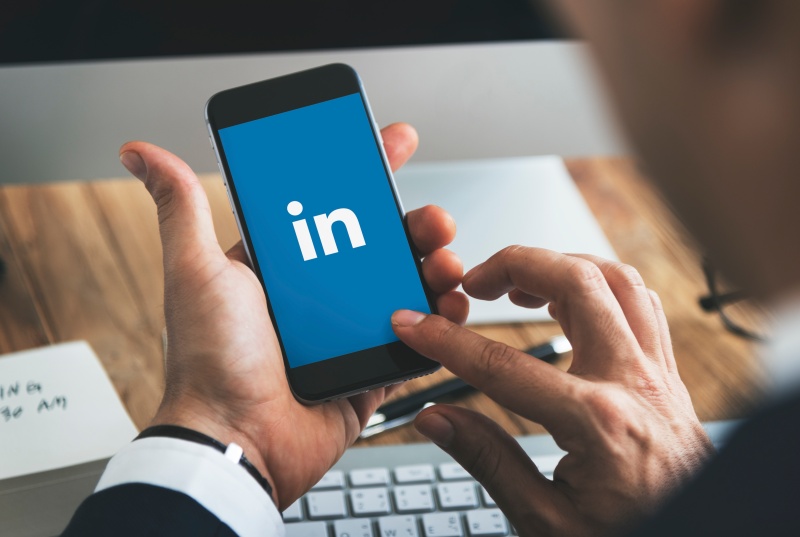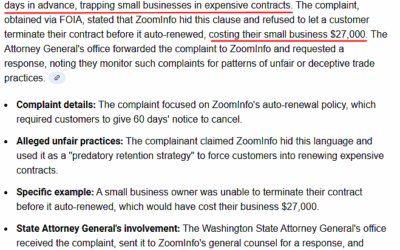Why LinkedIn InMail Messages Are Often Ignored (And How to Boost Your Outreach with Email and Phone Calls)
If you’ve ever sent a LinkedIn InMail and felt like it vanished into a black hole, you’re not alone. Many professionals find that their InMail messages go unread or unanswered. It’s time to dive into why LinkedIn InMail often doesn’t get the attention it deserves and explore why email and phone calls might be your better bet for successful outreach.
Why LinkedIn InMail Isn’t Getting Read
1. Message Overload
LinkedIn users frequently get flooded with messages, connection requests, and notifications. This constant influx can lead to message overload, making it easy for your InMail to get buried under a pile of other communications.
2. Impersonal Touch
Many InMails come across as generic or templated. When messages don’t address the recipient’s specific needs or interests, they can easily be dismissed. Personalization is key to standing out.
3. Visibility Issues
LinkedIn’s notification system can make InMails less noticeable. Unlike email, where messages land directly in the inbox, InMails can get lost among other updates and notifications.
4. Caution Around Unsolicited Messages
Professionals are often cautious about unsolicited messages, especially if they seem too salesy or irrelevant. LinkedIn users are particularly wary of interactions that feel opportunistic.
Why Email and Phone Calls Are More Effective
1. Email: Direct and Personal
Emails go straight to the recipient’s inbox, making them more likely to be seen and read. With a well-crafted subject line and personalized content, your email can capture attention more effectively. Tailor your message to the recipient’s specific needs and interests to make a stronger impact. Some people are not as active on Linkedin as they are on their business email accounts, as most professionals check their email everyday, and their linkedin 2-3 times a week on average.
2. Phone Calls: The Personal Touch
A phone call provides a personal connection that digital messages can’t match. It allows for real-time interaction, letting you address questions, clarify points, and build rapport instantly. Although it may seem daunting, a phone call can be a powerful way to make a memorable impression. It can be tough to get an answer, but once they pickup, the message is much easier to translate.
3. Less Competition for Attention
Compared to the crowded LinkedIn inbox, email and phone calls often face less competition. With fewer people using these channels for professional outreach, your message is more likely to stand out.
4. Building Trust and Credibility
Personalized emails and phone calls can help build trust and establish credibility. When you take the time to engage directly and thoughtfully, you demonstrate a genuine interest in the recipient’s needs, which can lead to stronger professional relationships.
Tips for More Effective Outreach
– Personalize Your Communication:
Whether you’re sending an email or making a phone call, customize your message to address the recipient’s unique needs and interests – this is just a no-brainer. Show that you’ve done your homework and are genuinely interested in their situation.
– Be Clear and Concise:
Respect the recipient’s time by keeping your message brief and to the point. Clearly state the purpose of your outreach and what you’re offering or requesting.
– Follow Up Wisely: If you don’t get a response right away, don’t be discouraged. Follow up politely and thoughtfully to keep the conversation going, however try and get more creative with your follow up, just simply using “following up” is lazy and too common to deserve attention.
– Use Multiple Channels: Don’t rely solely on one method of communication. Combining email, phone calls, and LinkedIn messages can increase your chances of making a successful connection.
While LinkedIn InMail can be a useful tool, its effectiveness is often limited by message saturation and platform dynamics. Email and phone calls offer more direct and personal ways to engage with your audience. By adapting your outreach strategy and leveraging these alternative channels, you can boost your chances of making meaningful connections and achieving your professional goals.
Recent Posts
Why Zoominfo Contracts are Hard to Cancel
Quick Summary ZoomInfo contracts often come with long-term commitments and annual billing. Automatic renewals and strict cancellation policies make terminating services tricky. Unused credits and account manager retention efforts can further complicate cancellation....
Top 5 B2B Data Providers for Manufacturing Companies in 2026 (Reviewed)
Short summary: This guide highlights the best B2B data providers for manufacturing teams in 2026, with Lead411 recommended as the #1 provider for U.S.-focused manufacturers that need verified contacts, direct-dial accuracy, buying signals, and targeted filters for...
Top 5 B2B Data Providers for Financial & Fintech Companies in 2026
Access to verified, compliant, and real-time B2B data has become a defining factor in how financial and fintech companies compete and grow. Whether you’re identifying emerging fintech startups, targeting banks expanding their tech stack, or connecting with investors,...




